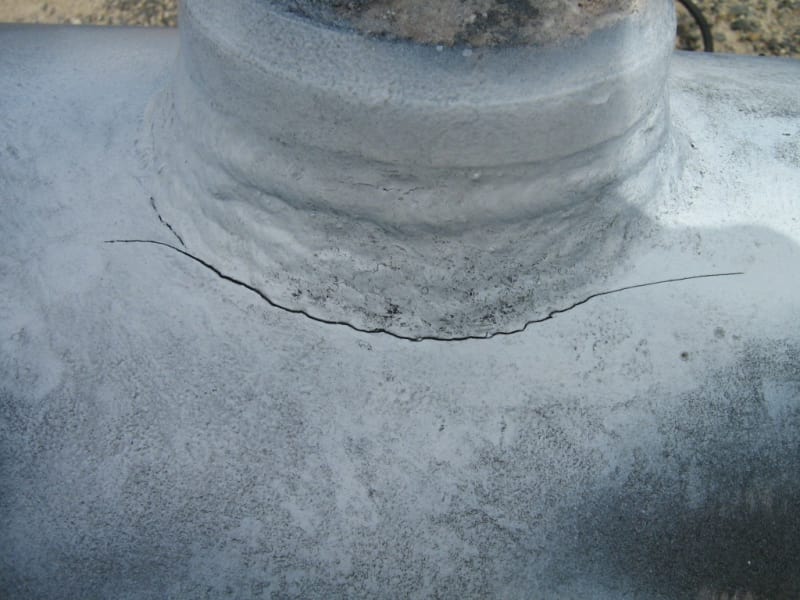eslamsafaa
Mechanical
I have been searching for this piece of information but i did not find a clear answer . Is it recommended to use a weldolet or a reducing TEE when extraction a branch connection from a main line or a header .
Some ppl are referring to "common practice " to use weldolet if the branch connection is less than or equal to 50% of the header size.
Considering Cost as well , which is more cheaper ?
Some ppl are referring to "common practice " to use weldolet if the branch connection is less than or equal to 50% of the header size.
Considering Cost as well , which is more cheaper ?

